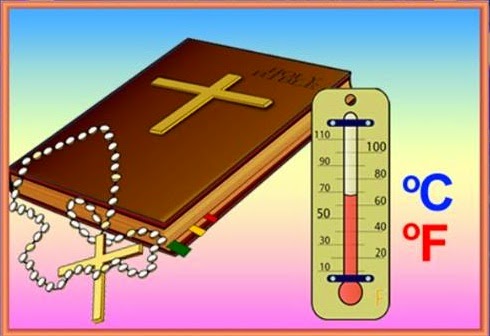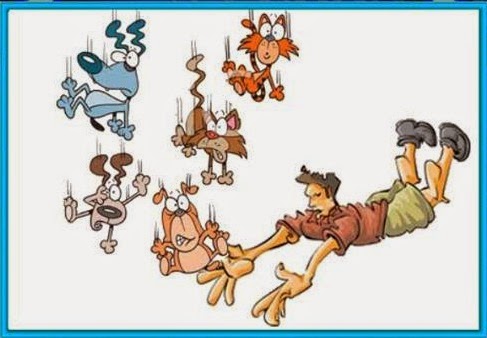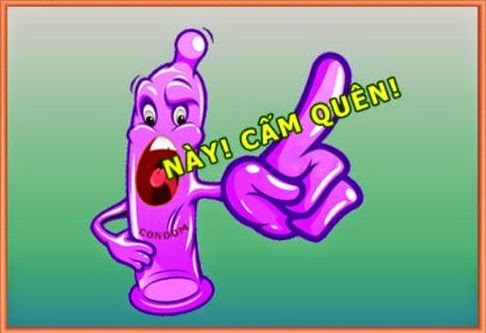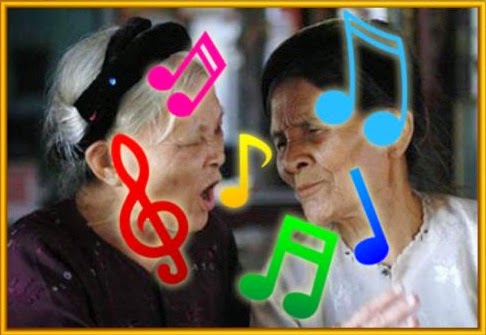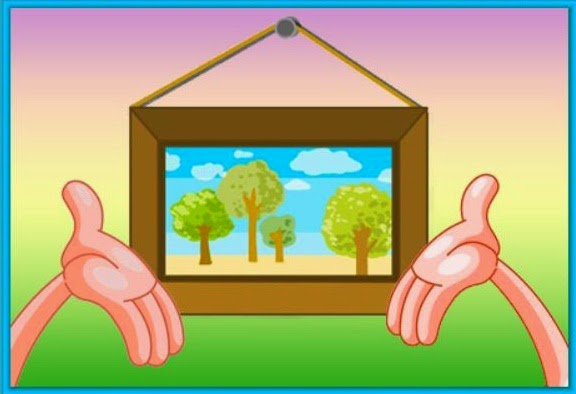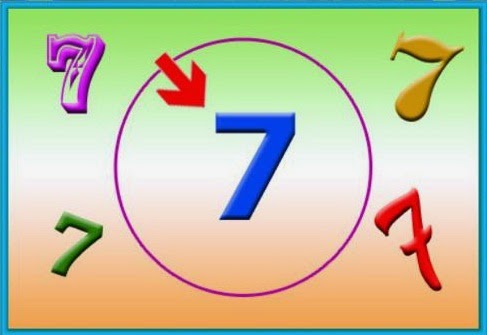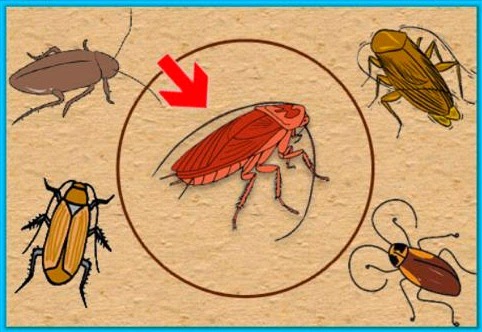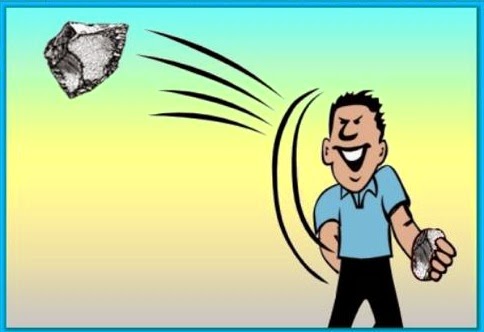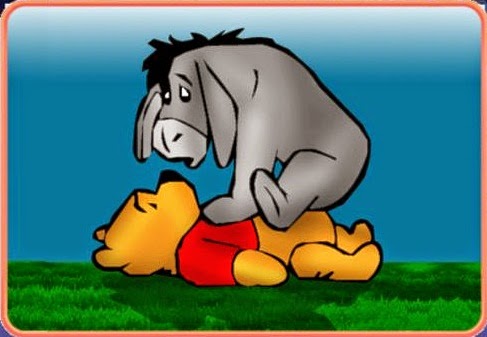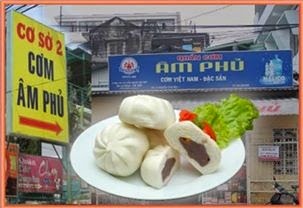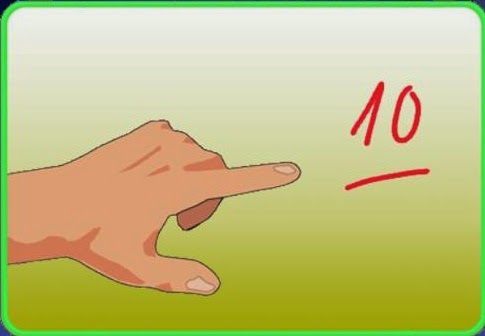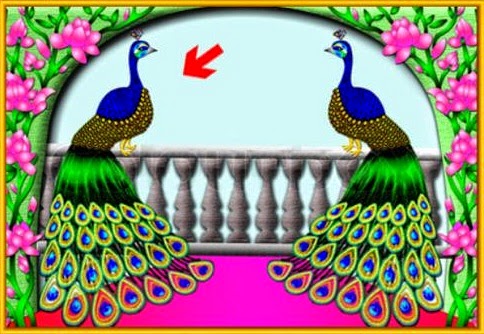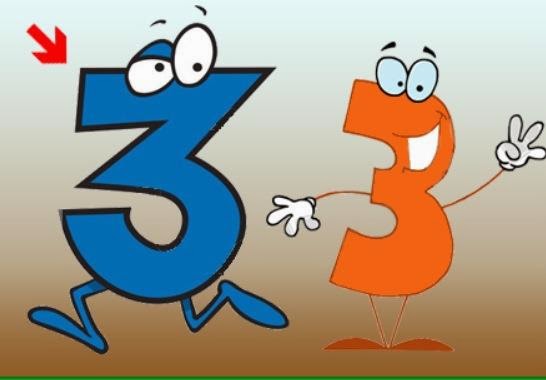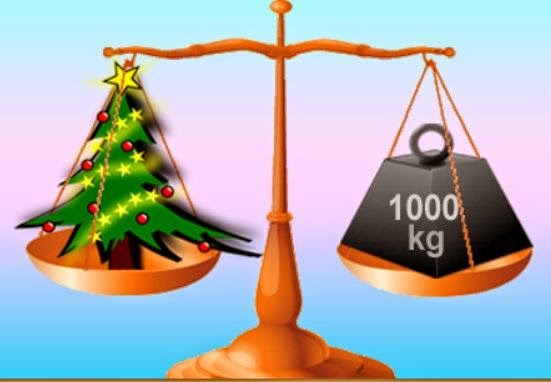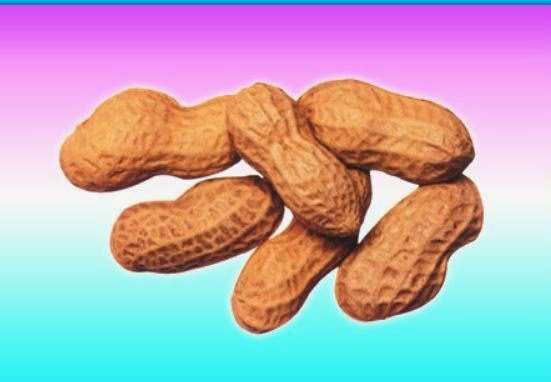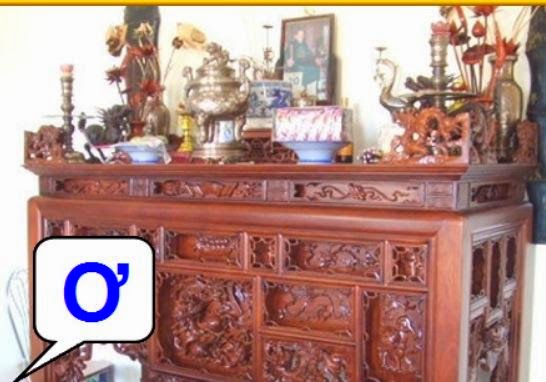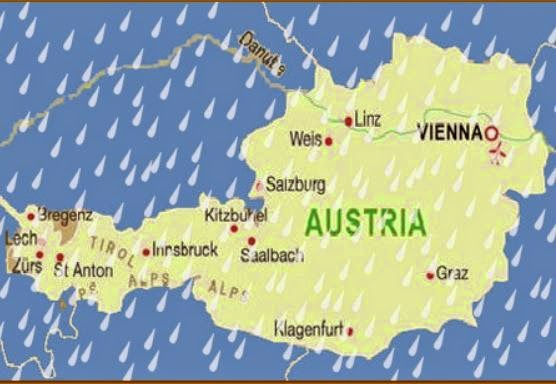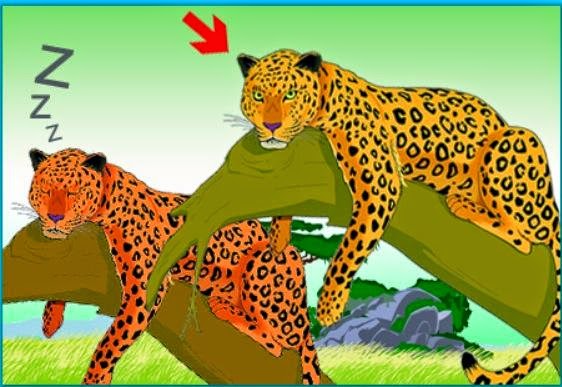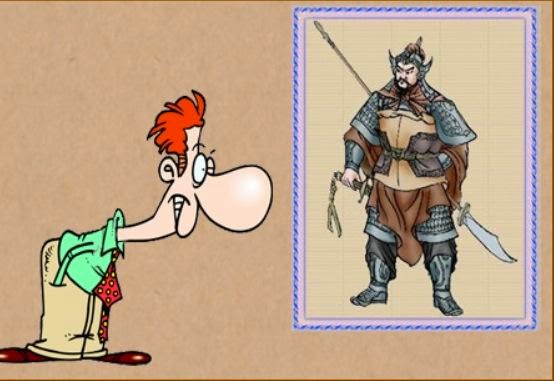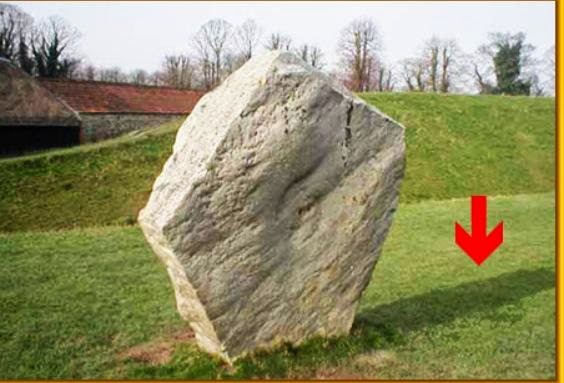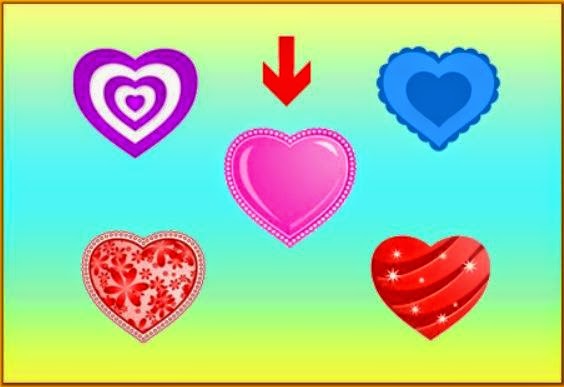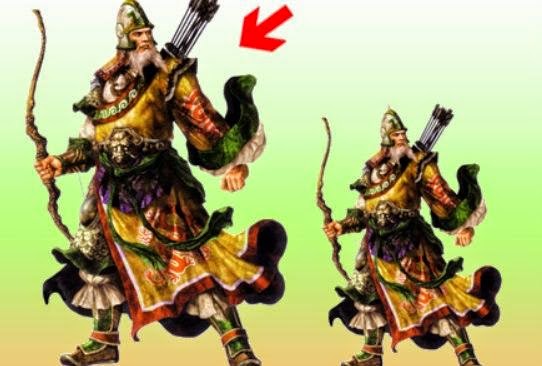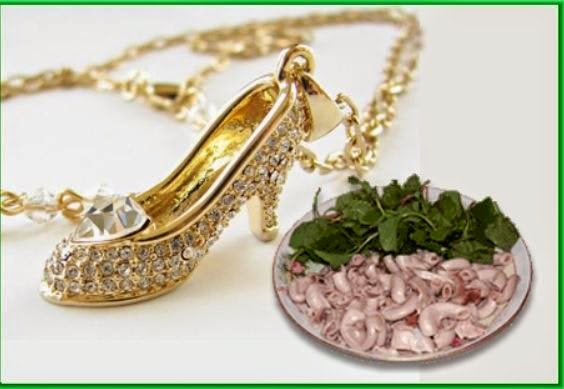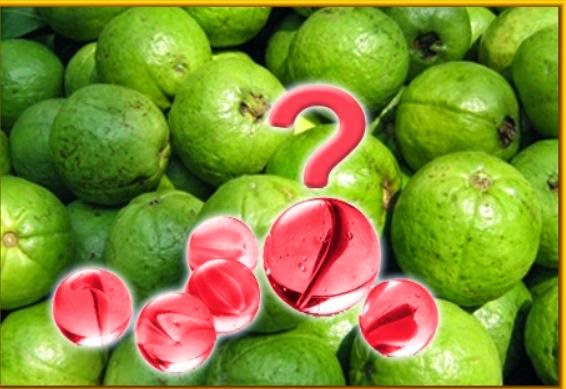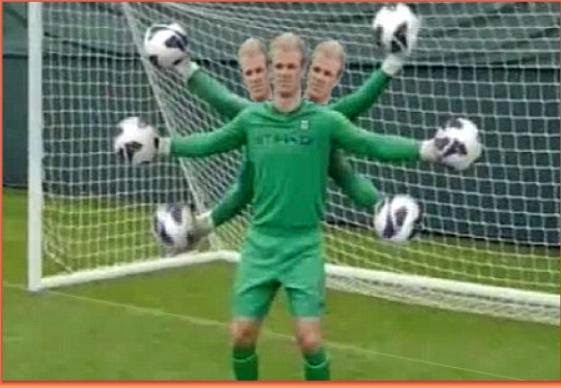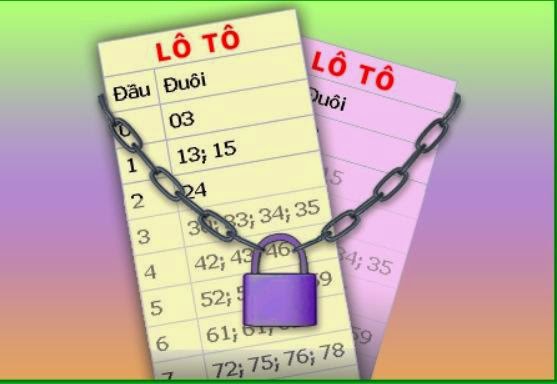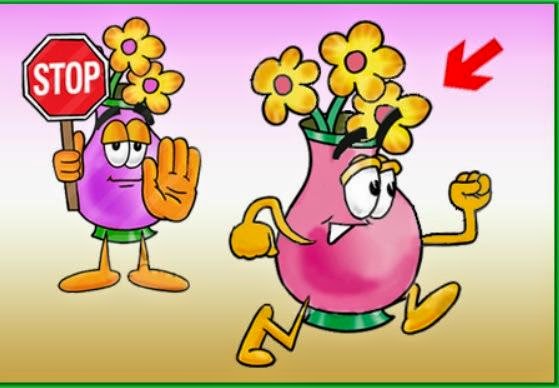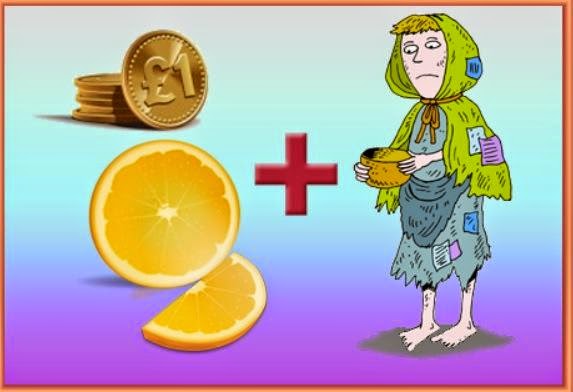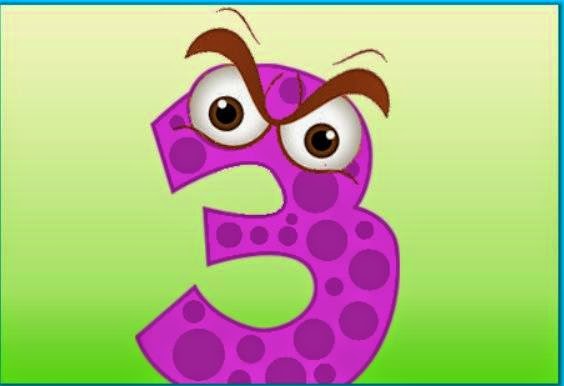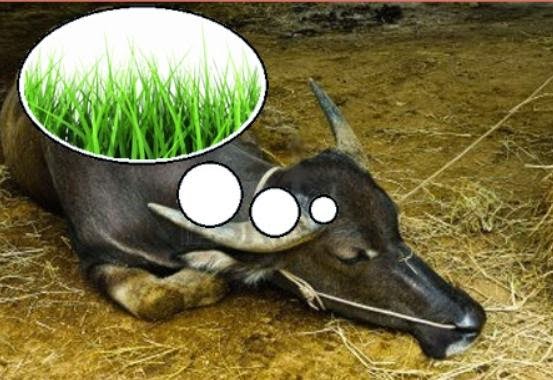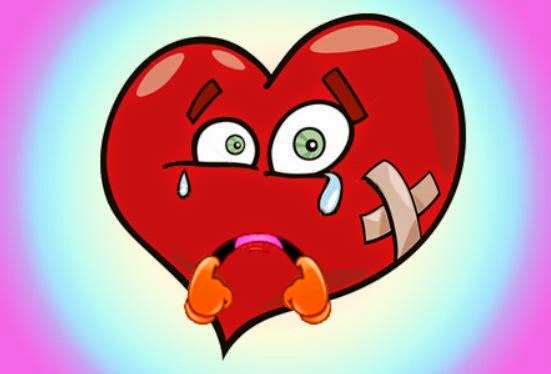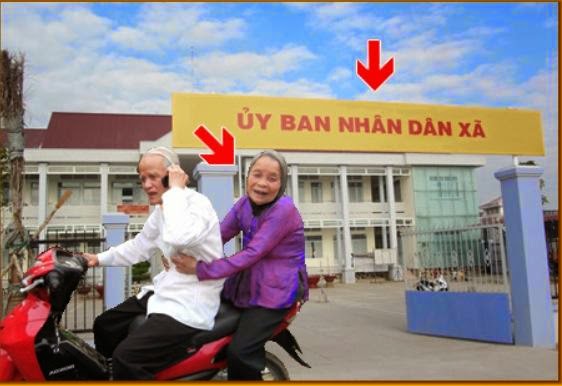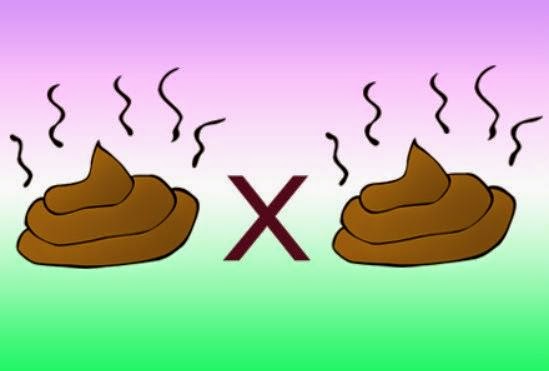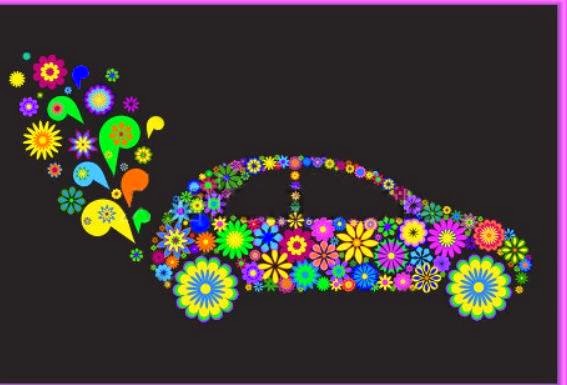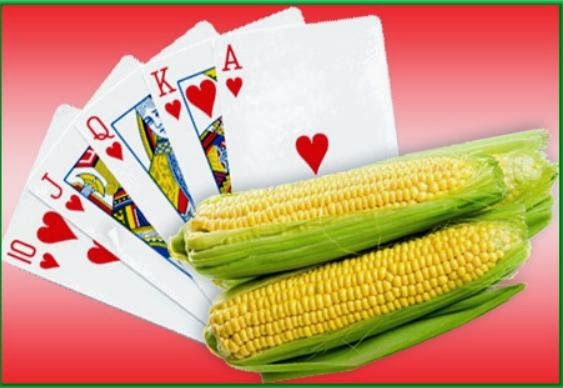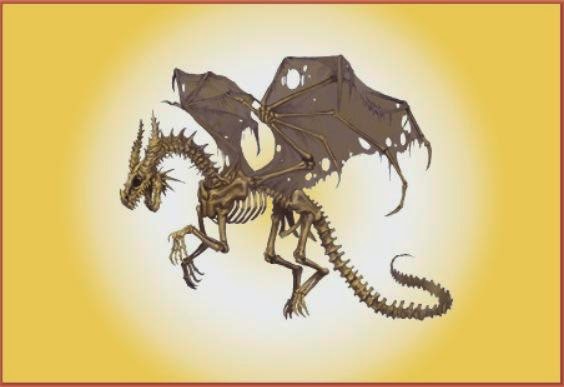Đuổi Hình Bắt Chữ Cấp độ Khó

Đuổi hình bắt chữ có đáp án vui với những câu hỏi khó và thú vị. Nhấn vào nút "Start" để bắt đầu
Questions and Answers
- 1.
Điền đáp án bằng tiếng Việt có dấu hoặc không dấu
- 2.
Điền đáp án bằng tiếng Việt có dấu hoặc không dấu
- 3.
Điền đáp án bằng tiếng Việt có dấu hoặc không dấu
- 4.
Điền đáp án bằng tiếng Việt có dấu hoặc không dấu
- 5.
Điền đáp án bằng tiếng Việt có dấu hoặc không dấu
Explanation
Bao quát, bao quật là cách diễn đạt một ý tổng quát hoặc một khái niệm bao trùm nhiều khía cạnh, phạm vi hoặc đối tượng khác nhau. Cụ thể, bao quát, bao quật có thể ám chỉ việc đưa ra một cái nhìn tổng thể, toàn diện về một vấn đề, một sự việc hoặc một tình huống.Rate this question:
- 6.
Điền đáp án bằng tiếng Việt có dấu hoặc không dấu
Explanation
The correct answer is "Cầu mây, Cau may" because it is a Vietnamese phrase that can be translated to "Cloud bridge" in English. This suggests that the question is asking for the correct spelling of the phrase in Vietnamese, with or without diacritics.Rate this question:
- 7.
Điền đáp án bằng tiếng Việt có dấu hoặc không dấu
- 8.
Điền đáp án bằng tiếng Việt có dấu hoặc không dấu
- 9.
Điền đáp án bằng tiếng Việt có dấu hoặc không dấu
Explanation
The correct answer is "Nội thất, Noi that" because it is the Vietnamese translation for "furniture" or "interior design". The phrase "Nội thất" refers to the items and arrangements inside a building, while "Noi that" is the transliteration of the term. Both terms are commonly used in Vietnamese to describe the concept of interior design and furnishings.Rate this question:
- 10.
Điền đáp án bằng tiếng Việt có dấu hoặc không dấu
Explanation
The correct answer is "Đầu thú, Dau thu". This is the correct answer because it accurately translates the given phrase "Điền đáp án bằng tiếng Việt có dấu hoặc không dấu" into Vietnamese. "Đầu thú, Dau thu" is the Vietnamese translation of "Fill in the answer in Vietnamese with or without accents."Rate this question:
- 11.
Điền đáp án bằng tiếng Việt có dấu hoặc không dấu
- 12.
Điền đáp án bằng tiếng Việt có dấu hoặc không dấu
Explanation
The correct answer is "Ném đá giấu tay, Nem da giau tay."Rate this question:
- 13.
Điền đáp án bằng tiếng Việt có dấu hoặc không dấu
- 14.
Điền đáp án bằng tiếng Việt có dấu hoặc không dấu
- 15.
Điền đáp án bằng tiếng Việt có dấu hoặc không dấu
- 16.
Điền đáp án bằng tiếng Việt có dấu hoặc không dấu
Explanation
The correct answer is "Chỉ điểm, Chi diem". This answer is in Vietnamese and it means "marking, score". It is likely the correct answer because it matches the given question, which asks for a Vietnamese phrase that translates to "marking, score".Rate this question:
- 17.
Điền đáp án bằng tiếng Việt có dấu hoặc không dấu
- 18.
Điền đáp án bằng tiếng Việt có dấu hoặc không dấu
Explanation
The correct answer is "Ba động, Ba dong." This answer is correct because it provides the Vietnamese translation for the given phrase "Ba động, Ba dong."Rate this question:
- 19.
Điền đáp án bằng tiếng Việt có dấu hoặc không dấu
Explanation
The given answer is correct because "Than khóc" and "Than khoc" are two different ways of spelling the same phrase in Vietnamese. The phrase means "mourning" or "grieving" in English. The first spelling includes the diacritic mark "ó" while the second spelling does not. However, both spellings are commonly used and understood in Vietnamese language.Rate this question:
- 20.
Điền đáp án bằng tiếng Việt có dấu hoặc không dấu
- 21.
Điền đáp án bằng tiếng Việt có dấu hoặc không dấu
Explanation
The correct answer is "Thông tấn, Thong tan". The two phrases are the same but written in different ways, with and without diacritics. "Thông tấn" is a Vietnamese phrase that means "news agency" or "press agency", while "Thong tan" is the same phrase but without diacritics. This is a common occurrence in Vietnamese, where diacritics are often omitted in informal or simplified writing.Rate this question:
- 22.
Điền đáp án bằng tiếng Việt có dấu hoặc không dấu
- 23.
Điền đáp án bằng tiếng Việt có dấu hoặc không dấu
- 24.
Điền đáp án bằng tiếng Việt có dấu hoặc không dấu
- 25.
Điền đáp án bằng tiếng Việt có dấu hoặc không dấu
- 26.
Điền đáp án bằng tiếng Việt có dấu hoặc không dấu
Explanation
The answer provided is correct because "Nhà hát" and "Nha hat" are both correct spellings in Vietnamese for the term "theater". The first spelling includes the diacritic marks, while the second one does not. Both spellings are widely used and understood in Vietnamese language, so either one can be considered correct.Rate this question:
- 27.
Điền đáp án bằng tiếng Việt có dấu hoặc không dấu
Explanation
The given answer "Áo mưa, Ao mua" is correct because it correctly fills in the blanks with the appropriate Vietnamese words. "Áo mưa" means raincoat, which is a type of clothing used to protect oneself from rain. "Ao mua" means pond, which is a small body of water typically found in nature. The two words have similar pronunciation but different meanings, making them suitable choices to complete the sentence.Rate this question:
- 28.
Điền đáp án bằng tiếng Việt có dấu hoặc không dấu
Explanation
The correct answer is "Báo thức, Bao thuc". This is because both phrases are written in Vietnamese and refer to the same thing, which is an alarm clock. The phrase "Báo thức" is written with accents, while "Bao thuc" is written without accents. Both versions are correct and can be used interchangeably in Vietnamese.Rate this question:
- 29.
Điền đáp án bằng tiếng Việt có dấu hoặc không dấu
Explanation
Xem tướng và xem tuồng là cách nhìn vào tướng mạo, ngoại hình của một người để đưa ra những phán đoán về tính cách, tương lai hay sự may mắn của họ. Xem tướng thường được áp dụng trong tâm linh và tín ngưỡng, trong khi xem tuồng là một nghệ thuật biểu diễn truyền thống của dân tộc Việt Nam.Rate this question:
- 30.
Điền đáp án bằng tiếng Việt có dấu hoặc không dấu
- 31.
Điền đáp án bằng tiếng Việt có dấu hoặc không dấu
Explanation
The correct answer is "Bóng đá, Bong da". This answer is in Vietnamese and it refers to the sport of football/soccer, which is commonly known as "bóng đá" or "bóng đá" in Vietnamese. The inclusion of "Bong da" in the answer is likely a variation or alternative spelling of "bóng đá".Rate this question:
- 32.
Điền đáp án bằng tiếng Việt có dấu hoặc không dấu
- 33.
Điền đáp án bằng tiếng Việt có dấu hoặc không dấu
Explanation
The correct answer is "Đại tướng" in Vietnamese, which translates to "General" in English. "Dai tuong" is the Vietnamese term for the military rank of General.Rate this question:
- 34.
Điền đáp án bằng tiếng Việt có dấu hoặc không dấu
- 35.
Điền đáp án bằng tiếng Việt có dấu hoặc không dấu
- 36.
Điền đáp án bằng tiếng Việt có dấu hoặc không dấu
Explanation
The answer "Bỉ ổi, Bi oi" is correct because it accurately fills in the blanks with the appropriate words in Vietnamese. "Bỉ ổi" is the correct spelling for the word "Belgium" in Vietnamese, and "Bi oi" means "I'm tired" or "I'm exhausted" in Vietnamese. Therefore, the answer correctly fills in the blanks with the appropriate Vietnamese words.Rate this question:
- 37.
Điền đáp án bằng tiếng Việt có dấu hoặc không dấu
Explanation
This is a Vietnamese riddle that plays on the use of homophones. The phrase "Ba đầu sáu tay" can be interpreted in two ways: "Three heads, six hands" or "Three heads, behind hands." Similarly, "Ba dau sau tay" can be understood as "Three heads, six hands" or "Three heads, behind hands." Both interpretations are correct and make sense in the context of the riddle.Rate this question:
- 38.
Điền đáp án bằng tiếng Việt có dấu hoặc không dấu
Explanation
The correct answer is "Xích lô, Xich lo." This is because "Xích lô" and "Xich lo" are two different ways to spell the same Vietnamese term, which refers to a type of cycle rickshaw. The first spelling is in Vietnamese with diacritics, while the second spelling is without diacritics. Both spellings are acceptable and commonly used in different contexts.Rate this question:
- 39.
Điền đáp án bằng tiếng Việt có dấu hoặc không dấu
- 40.
Điền đáp án bằng tiếng Việt có dấu hoặc không dấu
- 41.
Điền đáp án bằng tiếng Việt có dấu hoặc không dấu
- 42.
Điền đáp án bằng tiếng Việt có dấu hoặc không dấu
- 43.
Điền đáp án bằng tiếng Việt có dấu hoặc không dấu
Explanation
The given correct answer is "Trâu mộng, Trau mong". This answer is correct because it correctly identifies the two phrases "Trâu mộng" and "Trau mong" as the correct completion for the given question. The answer is written in Vietnamese with proper accents, which is required by the question prompt.Rate this question:
- 44.
Điền đáp án bằng tiếng Việt có dấu hoặc không dấu
- 45.
Điền đáp án bằng tiếng Việt có dấu hoặc không dấu
- 46.
Điền đáp án bằng tiếng Việt có dấu hoặc không dấu
Explanation
The correct answer is "Bà xã, Ba xa" because it is a common phrase in Vietnamese that means "wife" or "spouse." "Bà xã" is a respectful term for a wife, while "Ba xa" is a more informal way of referring to one's wife. Both terms are widely used in everyday conversation to refer to a married woman.Rate this question:
- 47.
Điền đáp án bằng tiếng Việt có dấu hoặc không dấu
Explanation
The correct answer is "Tích phân, Tich phan". This answer is correct because it provides two variations of the term "tích phân" in Vietnamese, one with accents and one without accents. "Tích phân" is the Vietnamese translation for the mathematical concept of integration, which involves finding the area under a curve. The inclusion of both variations of the term ensures that the answer is comprehensive and covers different possible spellings or typographical errors.Rate this question:
- 48.
Điền đáp án bằng tiếng Việt có dấu hoặc không dấu
- 49.
Điền đáp án bằng tiếng Việt có dấu hoặc không dấu
Explanation
The correct answer is "Cơ bắp, Co bap." This answer is in Vietnamese and refers to muscles. The question is asking for the Vietnamese translation of the term "muscles."Rate this question:
- 50.
Điền đáp án bằng tiếng Việt có dấu hoặc không dấu
Explanation
The given answer "Xương rồng, Xuong rong" is correct because it provides two variations of the same word in Vietnamese. "Xương rồng" and "Xuong rong" both refer to the same plant, which is commonly known as a cactus or a prickly pear in English. The answer demonstrates the use of diacritical marks in Vietnamese, where "Xương rồng" includes the correct accents and "Xuong rong" does not.Rate this question:
Quiz Review Timeline +
Our quizzes are rigorously reviewed, monitored and continuously updated by our expert board to maintain accuracy, relevance, and timeliness.
-
Current Version
-
Jul 22, 2024Quiz Edited by
ProProfs Editorial Team -
Jun 25, 2014Quiz Created by
Vovandat1988
 Back to top
Back to top




